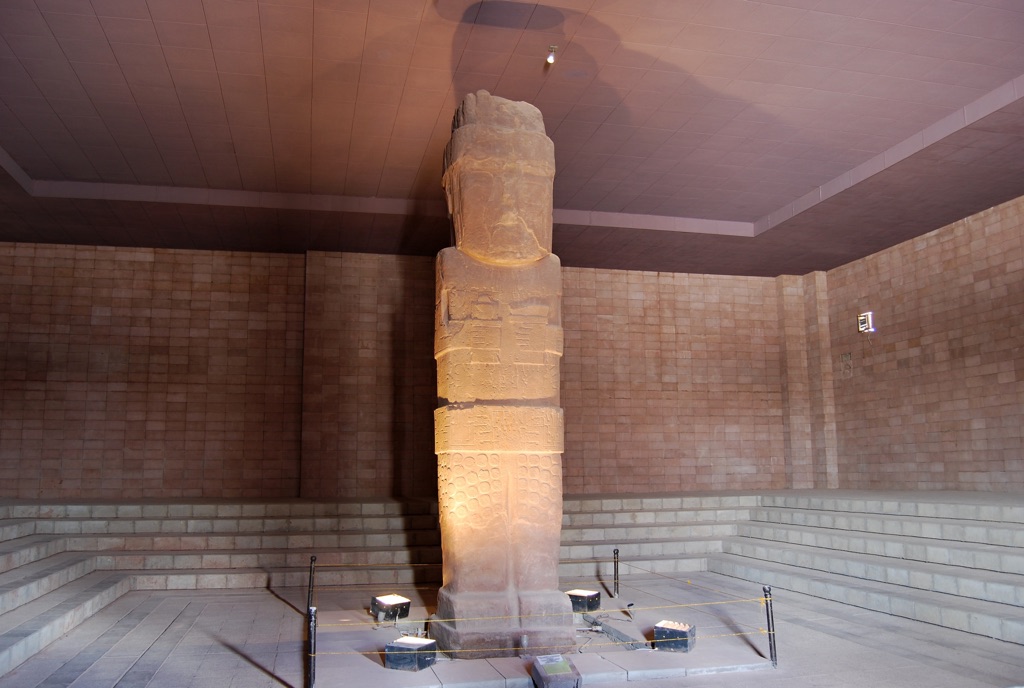The Bennett Monolith, also known as the Bennett Stela, is a significant archaeological artifact from the ancient Tiwanaku civilization of South America. This towering stone monument stands as a testament to the skill and artistry of a culture that thrived around Lake Titicaca in what is now Bolivia. The monolith is named after Wendell C. Bennett, an American archaeologist who conducted extensive research in the region. It is renowned for its intricate carvings, which have intrigued scholars and visitors alike, sparking numerous theories about its purpose and the civilization that created it.
Tiwanaku Empire
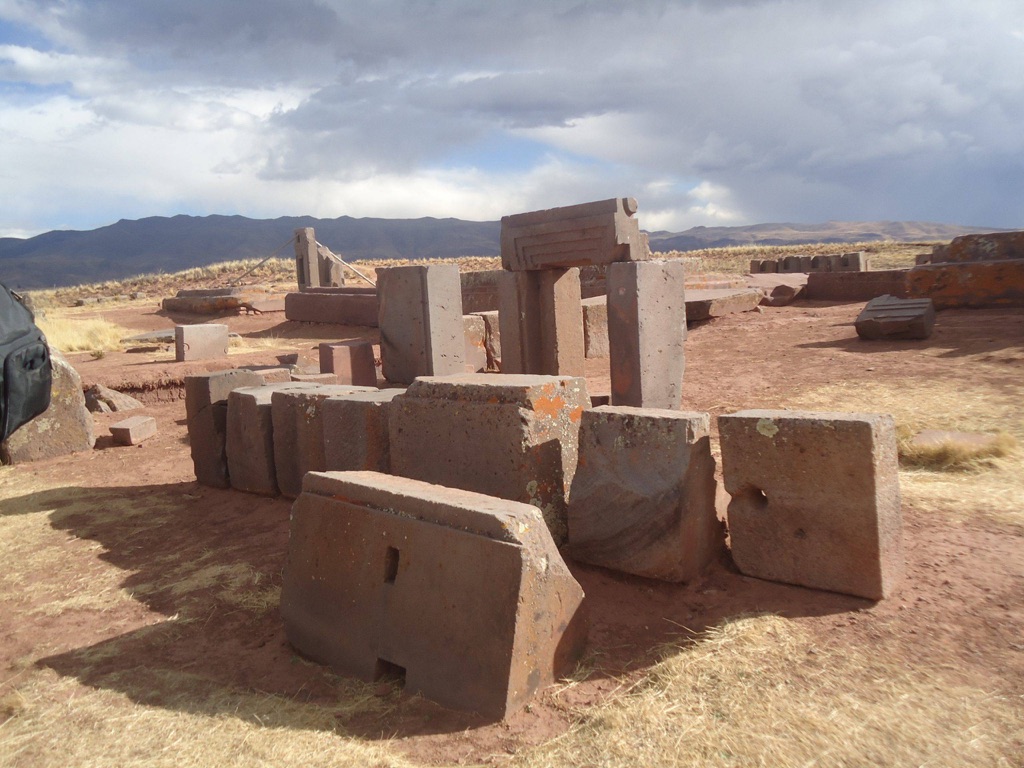
The Tiwanaku Empire, originating from the high Andean plateau, was a pre-Columbian civilization that held sway in South America around 300 to 1000 CE. The empire’s heart was in the city of Tiwanaku, located near Lake Titicaca in present-day Bolivia. Tiwanaku’s people are famous for their advancements in agricultural technology; they engineered raised fields to prevent frost damage and maximize crop growth. The architecture and art of the Tiwanaku Empire reflect a sophisticated understanding of astronomy and spirituality, with monuments like the Akapana Pyramid and the Gate of the Sun displaying their cultural complexity.
As the Tiwanaku Empire expanded, it influenced vast areas, including Peru and Chile, leading to the spread of its distinctive artistic and cultural practices. The Tiwanaku people developed a complex societal hierarchy, evidenced by their impressive urban planning and monumental construction projects. Although the factors leading to their decline remain debated, with theories ranging from drought to social upheaval, the legacy of the Tiwanaku Empire endures. Archaeological sites reveal the persistence of their architectural styles and ceremonial practices, which later civilizations, like the Inca, would draw upon. The Tiwanaku Empire’s contribution to Andean culture is an essential chapter in the history of indigenous South American societies.
The Tiwanaku Empire was renowned for its architectural innovations and spiritual iconography, which were deeply intertwined with their understanding of the cosmos. Historical sites such as the Akapana Pyramid and the Gate of the Sun are emblematic of their mastery in stone construction and their ability to align these structures with celestial events. These practices not only highlight their religious beliefs but also their sophisticated knowledge of astronomy, which played a crucial role in their agricultural success. The raised field system, known as “suka kollus,” is another testament to their ingenuity, allowing them to cultivate crops in the harsh Andean environment efficiently.
The decline of the Tiwanaku Empire is a subject of ongoing research and debate among historians and archaeologists. A combination of environmental and social factors is believed to have contributed to its downfall. Prolonged droughts, which would have severely impacted their agriculture-based economy, are often cited as a primary cause. These environmental stresses likely exacerbated existing social tensions and led to the eventual fragmentation of their society. The exact timeline of their decline is still uncertain, but it is generally agreed that by around 1000 CE, the Tiwanaku state had collapsed, leaving behind their monumental ruins as a testament to their once-great civilization.
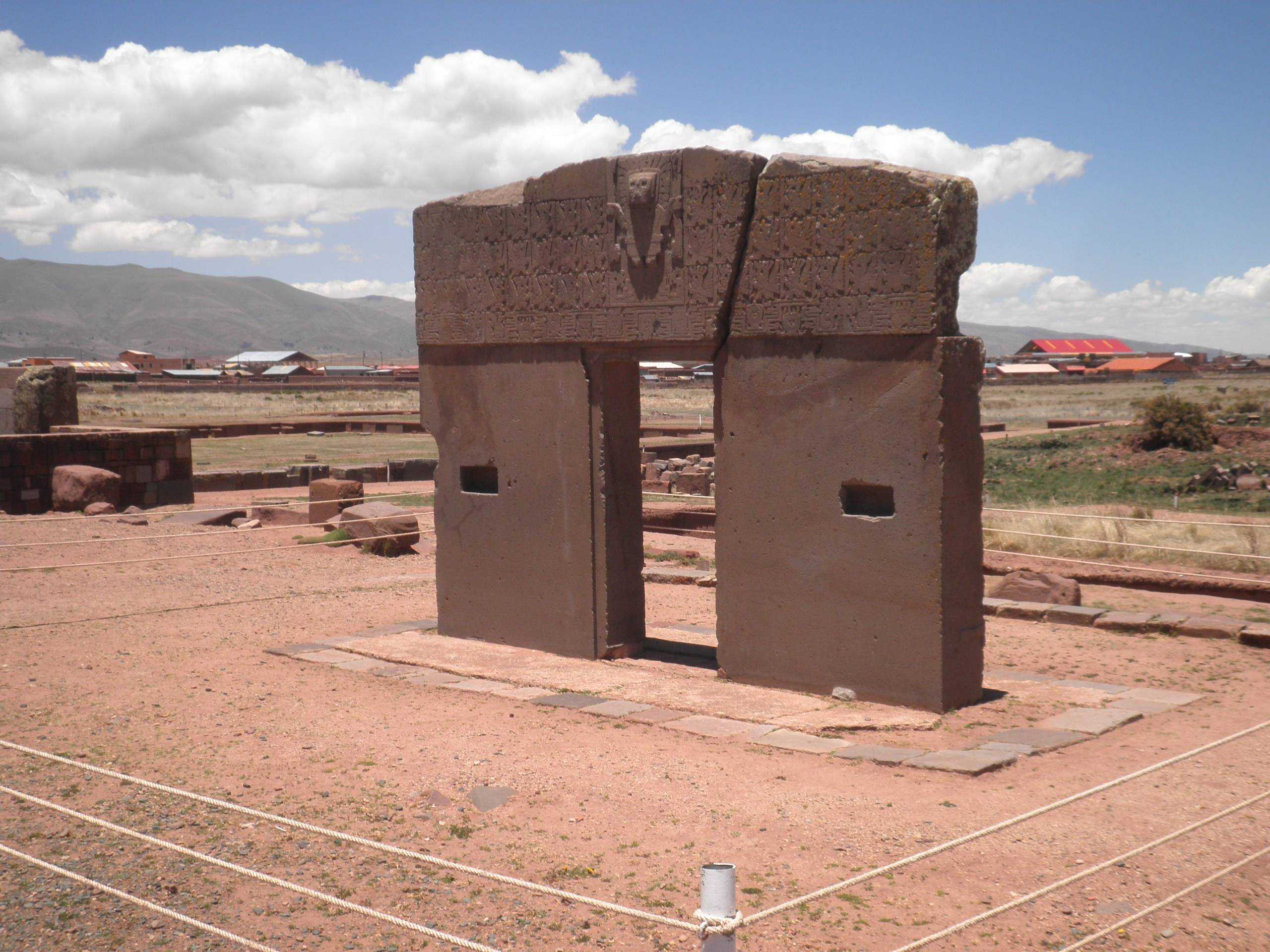
The Tiwanaku culture lasted for approximately 700 years, a significant period during which they laid the foundations for future Andean civilizations. Their influence extended beyond their architectural and agricultural achievements, impacting the social and political structures of successor states. The Inca Empire, in particular, drew heavily from the Tiwanaku legacy, adopting and adapting many of their technological and cultural practices. The Inca’s use of the quipu for record-keeping, their road systems, and even aspects of their religion show clear traces of Tiwanaku influence. This cultural continuity underscores the enduring impact of the Tiwanaku Empire on the Andean region.
Historical sites and places associated with the Tiwanaku Empire continue to fascinate and attract scholars and tourists alike. These sites not only serve as a window into the past, allowing us to glimpse the complexity and sophistication of pre-Columbian civilizations but also remind us of the resilience and ingenuity of the human spirit in the face of environmental and social challenges. The legacy of the Tiwanaku, preserved in their monumental architecture, intricate art, and innovative agricultural practices, remains a pivotal chapter in the history of the Americas, highlighting the rich cultural tapestry of indigenous South American societies.
Explore The Tiwanaku Empire, it’s Historical Sites and Artifacts
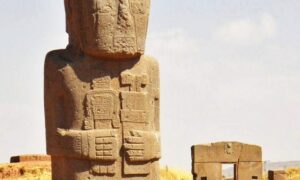
Ponce Monolith
The Ponce Monolith is a striking archaeological artifact from the ancient city of Tiwanaku, located in modern-day Bolivia. This intricately carved statue stands as a testament to the skill and artistry of the pre-Columbian Tiwanaku culture. It is named after Carlos Ponce Sanginés, a Bolivian archaeologist who conducted extensive research at the site. The monolith is adorned with complex carvings, which have intrigued scholars and visitors alike, leading to various interpretations of its purpose and symbolism.
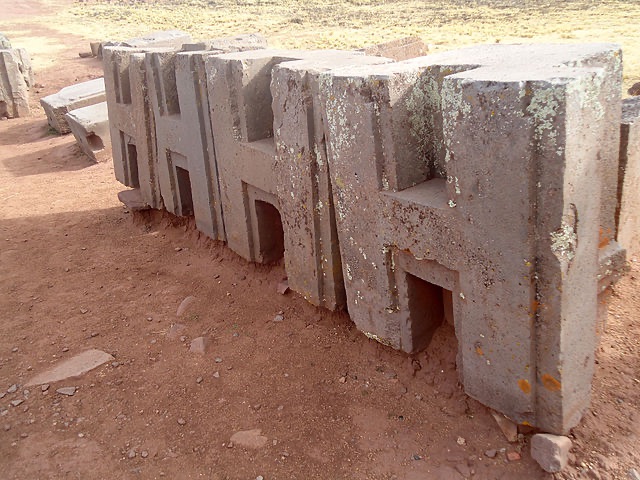
Puma Punku
Puma Punku, a significant archaeological site, lies in the Bolivian Andes at an altitude of over 12,000 feet. It’s part of the larger Tiwanaku site near Lake Titicaca, one of the most important pre-Columbian sites in South America. Puma Punku amazes with its finely cut stones and intricate masonry, which have puzzled archaeologists and researchers for years. The precision of its stonework suggests advanced knowledge of stone-cutting, engineering, and geometry. Despite its ruinous state, Puma Punku continues to be a subject of fascination, drawing attention to its potential as a center of ancient technology and culture.
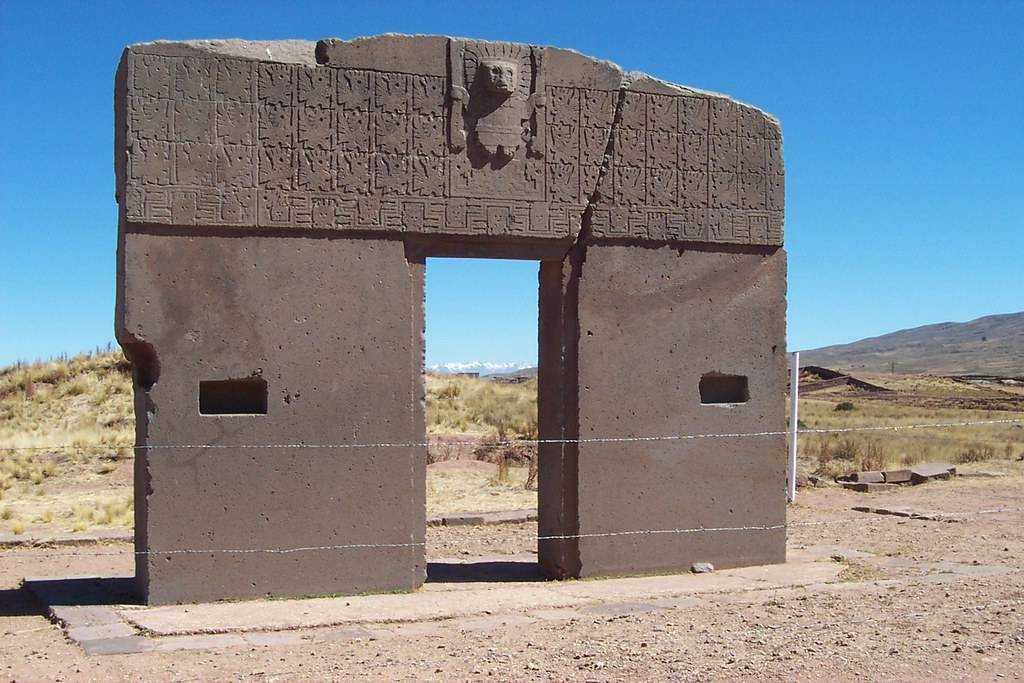
Tiwanaku Ruins in Bolivia
Nestled in the highlands of Bolivia lies the fascinating and mysterious site of Tiwanaku. This ancient city is a testament to a civilization that thrived long before the rise of the Inca Empire. Visitors to Tiwanaku are greeted with impressive stone structures and intricate carvings that hint at the site’s cultural and religious significance. Archaeologists believe Tiwanaku was a spiritual and political center, drawing in people from across the region for ceremonial events. Despite centuries of weathering, the remnants of temples like the Akapana Pyramid and the Kalasasaya still offer a glimpse into the past. These structures, along with the famous Gate of the Sun, are key to understanding the Tiwanaku people’s advanced understanding of astronomy, which played a vital role in their agriculture and theology.
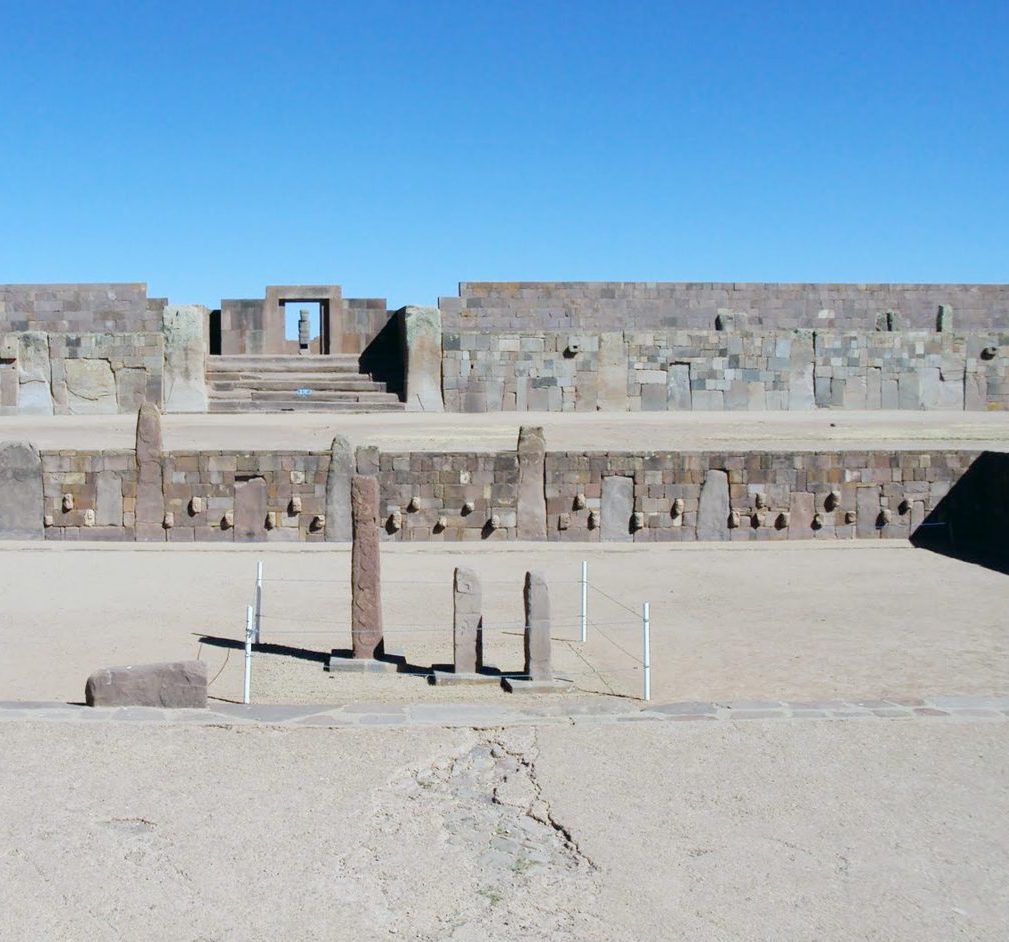
Semi-Subterranean Temple
The Semi-Subterranean Temple is a significant historical and archaeological site located in Tiwanaku, Bolivia. The temple, also known as the Templete Semi-subterráneo, is a part of the larger Tiwanaku archaeological complex, a UNESCO World Heritage Site. This unique temple is semi-underground, built into the earth with a rectangular, sunken courtyard. The temple is known for its carved stone faces and heads, which are embedded in the walls of the courtyard. These carvings represent a variety of human and mythological beings, reflecting the diverse cultures and beliefs of the ancient civilizations that inhabited this region.
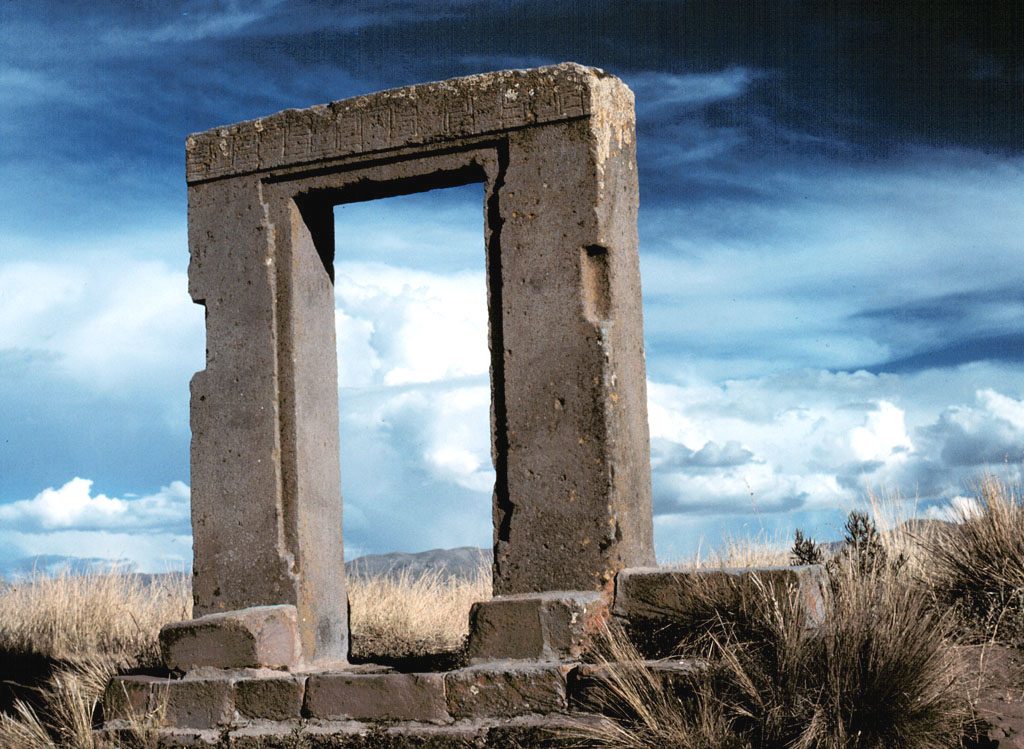
The Moon Gate in Tiwanaku
The Moon Gate, located in Tiwanaku, Bolivia, is a fascinating archaeological relic from the pre-Inca civilization. This semi-subterranean structure is a marvel of ancient architecture and a testament to the sophisticated construction techniques of the Tiwanaku people. The gate is adorned with intricate carvings and symbols, offering valuable insights into the beliefs, customs, and knowledge of this ancient civilization.

